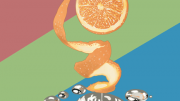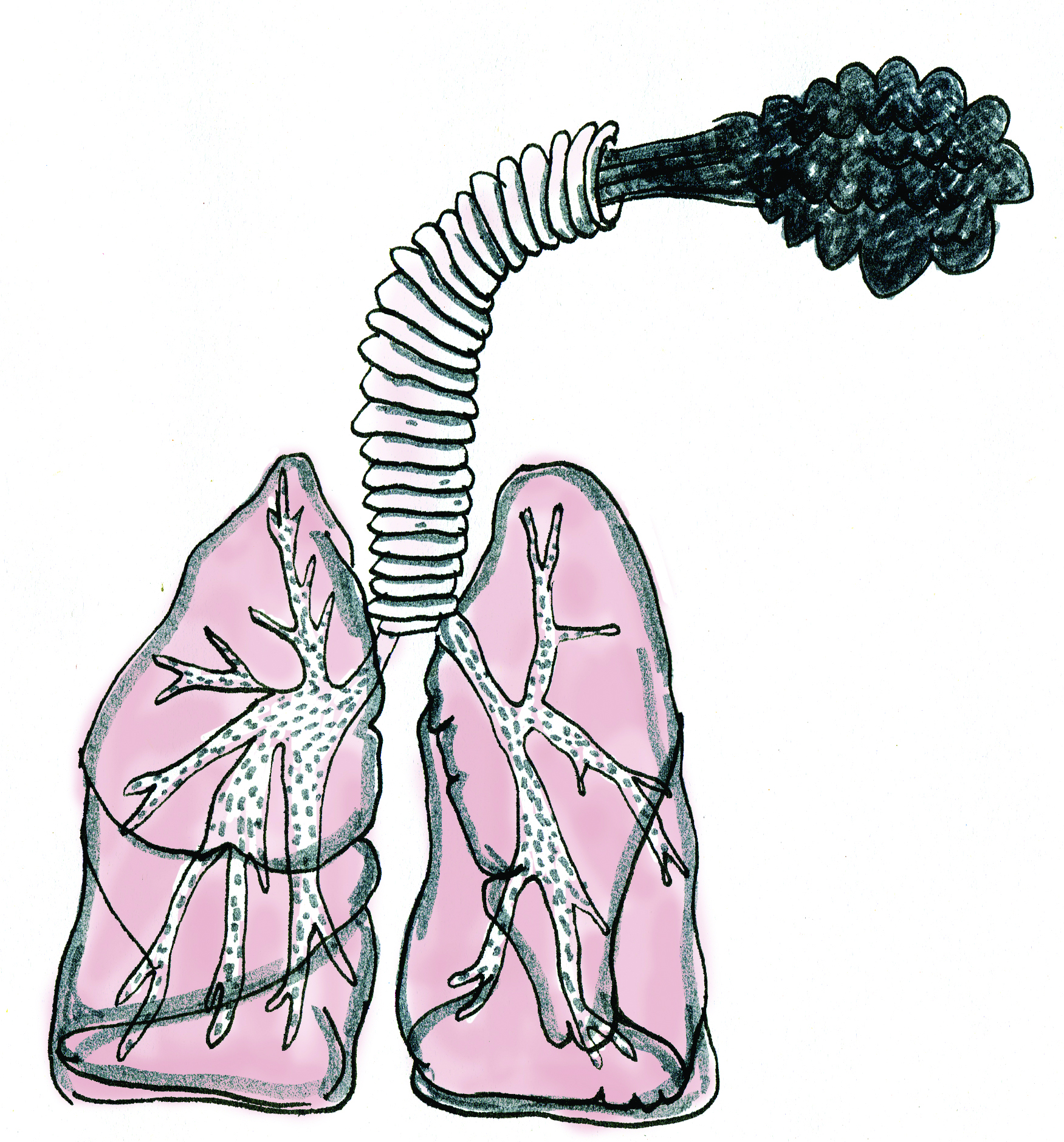As we draw closer to the proclaimed “end of days” in 2012, we wonder: what could possibly survive a devastating blow to all living life on Earth? Sure, we all know of the resistance of a cockroach, but we can now add a new species to that list.
Eastern coyotes, or “coywolves,” are a new developing species that has been proliferating across North America. Said to have originated when coyotes expanded eastward to the Great Lakes, recent DNA evidence from West Virginia provides evidence that coywolves are becoming more prevalent along the Atlantic coast and are spreading to other parts of the Unites States and Canada.
Evidence indicates that coywolves are the result of a hybridization between wolves and coyotes. Taller than a coyote but smaller than a wolf, the hybrid has gained all the best attributes of both wolf and coyote, making it a formidable survivor.
Unlike in other hybridizations, such as mules — a crossing of horses and donkeys — the coyote-wolf is fertile.
One especially advantageous trait retained by the hybrid is a gargantuan pair of jaws at its disposal. A regular sized coywolf can prey on larger animals, such as deer — something a regular coyote would be incapable of doing.
Their adaptability is also displayed by their complete fearlessness of humans and human-developed areas, a trait inherited from coyotes. This audacity has proved problematic, as some coywolves can be unwilling to compromise. Farmers bear the brunt of this behavioural trait, their livestock raided by animals that are described as “bigger, bolder and smarter than regular coyotes.”
If the coywolves adaptability drives them deeper into more urbanized areas, the potential for human-coywolf interaction will increase and could be dangerous.
But what does the increasing presence of this new creature spell for the ever-disappearing wolf? Coywolves are a direct cause of the decrease in population of wolves in North America. In the past, the wolf was simply content on making the coyote its prey and dinner, but as populations dwindled, the male wolf has had no choice but to make partial peace with the female coyote for its own intentions of passing on its genes. The male wolf couldn’t afford to be choosy about its partners anymore. As the population of coywolves expand, it will provide more mating competition for the wolf species. Who knows if the wolves will continue to survive, but as Brendan Kelly, a research biologist with the U.S. National Marine Mammal Laboratory in Alaska, puts it: hybridization “can be the final straw in loss of species.”
This isn’t the first North American predator species to be hybridized. The awkwardly named “pizzly” or “grolar bear” is a cross between the polar bear and closely related grizzly bear, and occurs when a grizzly bear ventures far up north or in places where the two’s territories overlap. But unlike the coywolf, the pizzly bear’s odd physical appearance makes it an outcast from either species and less likely to past on its genes.
The coywolf is a relatively new species that is showing an ability to last in the environment. With its increase in population across the eastern United States, coywolves have shown that in an era where animals are increasingly going extinct, a minority are adapting, finding new form through hybridization.
illustration by kara passey



